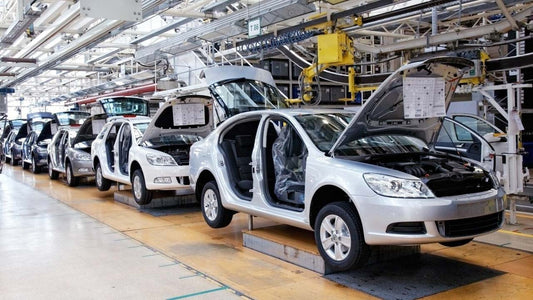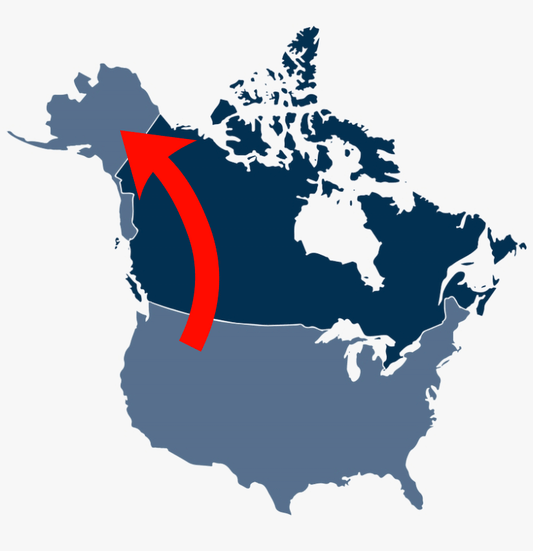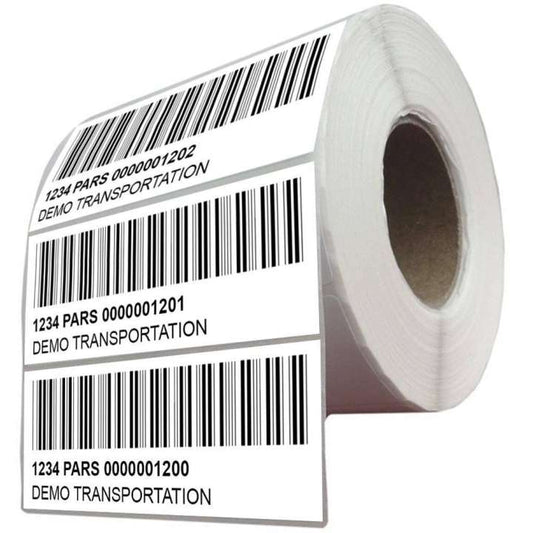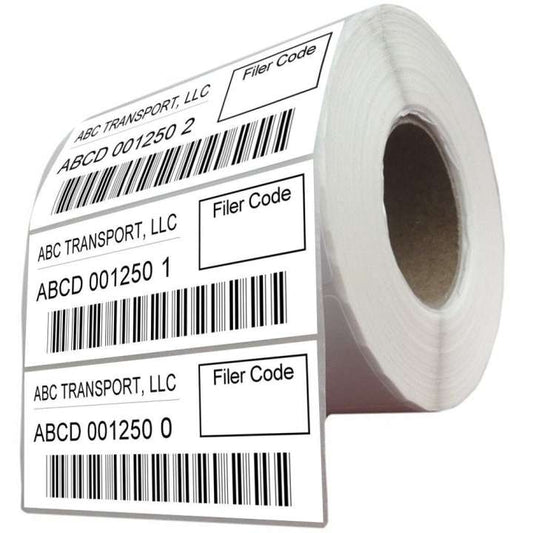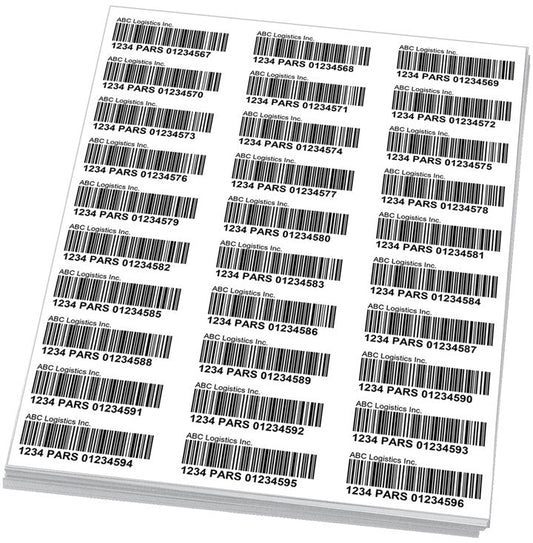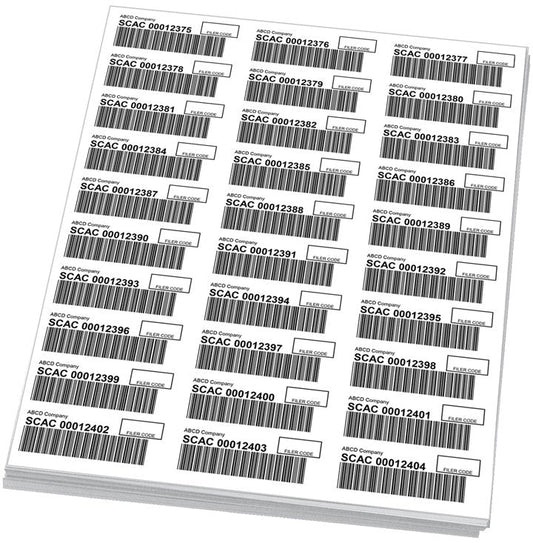Crossing into the United States as a commercial highway carrier has always been subject to various rules and regulations. In recent years, the landscape of border crossings has undergone significant changes, driven by factors such as security concerns, technology advancements, and trade agreements. These changes have had a profound impact on carriers, importers, and exporters. In this blog post, we will discuss the five biggest changes to crossing into the United States as a commercial highway carrier.
- Enhanced Border Security Measures
One of the most significant changes in recent years is the enhancement of border security measures. The United States Customs and Border Protection (CBP) has implemented various technologies and systems to strengthen border security. These include advanced cargo scanning systems, biometric verification processes, and improved data sharing with international partners.
As a commercial highway carrier, you may encounter increased scrutiny and inspections. It's essential to ensure that all your paperwork is in order, and your cargo complies with U.S. customs regulations. Additionally, you may need to provide advance cargo information through programs like the Automated Commercial Environment (ACE) to facilitate smoother border crossings.
- Electronic Logging Device (ELD) Mandate
The implementation of the Electronic Logging Device (ELD) mandate is another significant change affecting commercial highway carriers. The ELD mandate requires carriers to use electronic devices to record driving hours and maintain accurate logbooks. This regulation aims to improve safety on U.S. highways by preventing driver fatigue and enforcing strict adherence to hours of service (HOS) regulations.
Commercial carriers crossing into the United States must ensure their drivers are compliant with ELD regulations. Non-compliance can result in fines and delays at the border. Adhering to ELD requirements not only ensures compliance but also contributes to safer roads and reduces the risk of accidents.
- United States-Mexico-Canada Agreement (USMCA)
The United States-Mexico-Canada Agreement (USMCA), which replaced the North American Free Trade Agreement (NAFTA), has brought about significant changes in trade regulations for commercial highway carriers. USMCA aims to promote fair and open trade between the three countries by modernizing trade rules and standards.
As a highway carrier, you will need to familiarize yourself with the updated rules of origin and certification requirements under USMCA. Understanding these changes is crucial for seamless cross-border trade, as non-compliance can lead to customs delays and additional costs.
- Customs Trade Partnership Against Terrorism (CTPAT)
The Customs Trade Partnership Against Terrorism (CTPAT) program is a voluntary partnership between U.S. Customs and Border Protection (CBP) and private sector businesses involved in international trade. It focuses on enhancing supply chain security and reducing the risk of terrorism.
Participating in CTPAT can provide commercial highway carriers with benefits such as expedited processing at the border and reduced inspections. To qualify for CTPAT, carriers must meet specific security criteria and implement best practices in supply chain security. Joining this program can streamline border crossings and improve overall efficiency.
- Evolving Regulatory Environment
Beyond the changes mentioned above, commercial highway carriers must stay vigilant about the evolving regulatory environment in the United States. This includes staying up-to-date with changes in customs regulations, tariffs, and trade-related policies. Carriers should also be aware of any emerging environmental regulations and sustainability initiatives that may impact their operations.
Crossing into the United States as a commercial highway carrier has evolved significantly in recent years due to enhanced security measures, technological advancements, trade agreements like USMCA, and the evolving regulatory environment. Staying informed and compliant with these changes is crucial for the smooth flow of goods and the success of businesses involved in cross-border trade. By understanding and adapting to these developments, commercial carriers can navigate the border crossing process efficiently and effectively, ensuring the continued growth of international trade.


